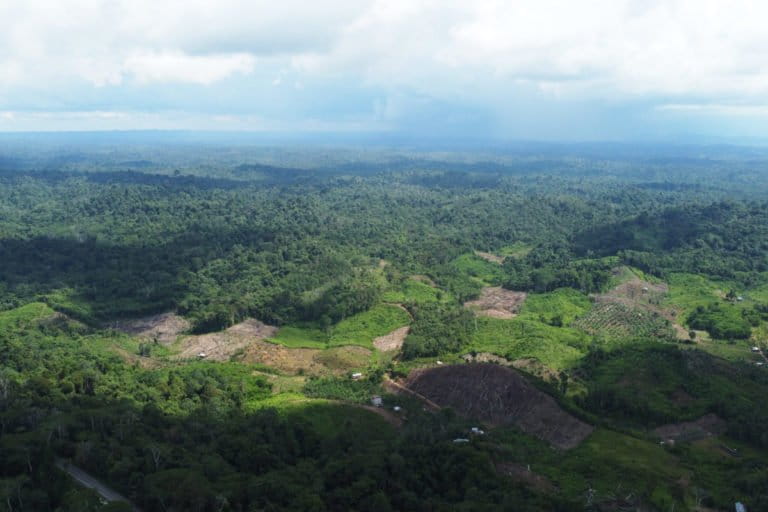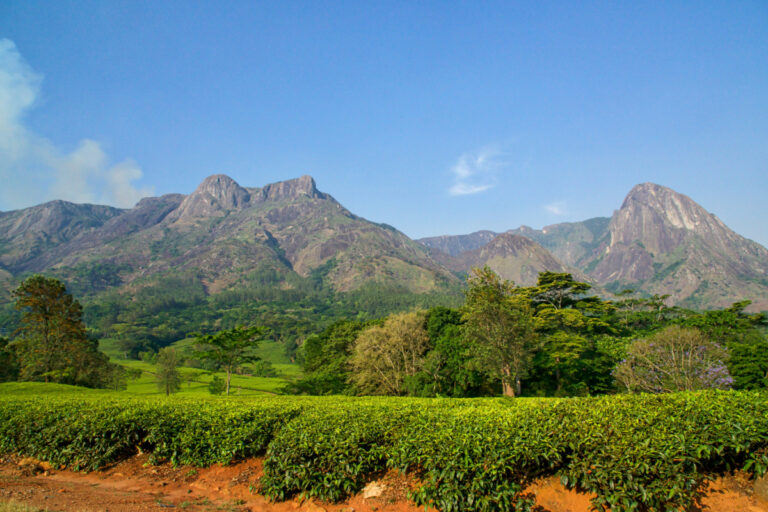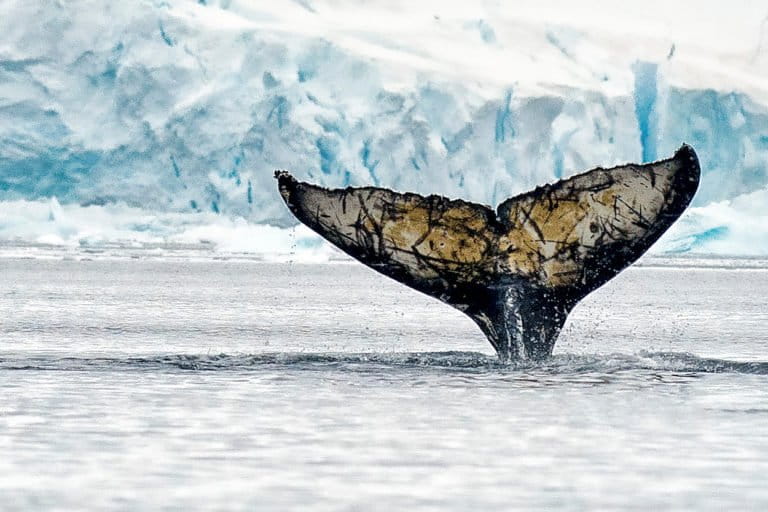- The sighting of a Bornean orangutan crossing the sight of an under-construction toll road to Indonesia’s new capital city has renewed questions about the government’s claims about how “green” the $32 billion project really is.
- It’s not the first wildlife sighting in the construction area; there have already been five instances of clouded leopards seen in the area.
- Activists say these sightings indicate that the development of the new capital and its supporting infrastructure is being carried out without proper planning and thus will threaten the region’s ecosystem and wildlife.
- The toll road project has cleared hundreds of hectares of forests that serve as a buffer zone to a protected forest area that’s a habitat for threatened species such as orangutans, sun bears, proboscis monkeys and Irrawaddy dolphins.
JAKARTA — There’s been renewed scrutiny of the infrastructure being built for Indonesia’s new capital city on the island of Borneo following the sighting of a critically endangered orangutan crossing the site of a planned toll road.
The 11-second video shot by a construction worker on May 23 shows the great ape walking across the under-construction road and passing a banner that identifies the road as part of the highway leading to the new city of Nusantara.
In the clip, unidentified men can be heard yelling “take a photo!”
The Indonesian government has repeatedly claimed that the $32 billion Nusantara project will be a “green city” and a “forest city,” with minimal disruption to forests and wildlife. But the presence of the orangutan in the midst of a construction site clearly contradicts this, according to Mapaselle, executive director of local community conservation group Pokja Pesisir.
“It indicates that the area [cleared to make way for the toll road] is a natural wildlife corridor,” he told Mongabay. “It also indicates that the development of the new capital doesn’t pay attention to the biodiversity in the Sungai Wain protection forest and the coastal forest area.”
Toll road taking a toll
The toll road aims to cut the travel time between Nusantara and Balikpapan, the nearest large city, 33 kilometers (21 miles) away, to 30 minutes, from the current 2 hours. To do so, it will cut through the forested buffer zone of the Sungai Wain protection forest, fringing the southwest and northwest of the forest.
The 10,025-hectare (24,772-acre) protection forest is home to old-growth Dipterocarp rainforest and some of the world’s most threatened wildlife, including sun bears (Helarctos malayanus), a vulnerable species that’s the Balikpapan mascot, and Bornean orangutans (Pongo pygmaeus).
According to Mapaselle, the problem is that the road’s development assumes the wildlife are restricted to Sungai Wain, whereas the reality is that the forest forms part of a wider integrated ecosystem with the coastal zone and the mangroves of Balikpapan Bay.
That means it’s to be expected that the native wildlife will roam around the greater landscape, between Sungai Wain and the mangrove forest, in search of food, Mapaselle said.
What the toll road does, he said, is cut off these natural wildlife corridors, posing a threat not just to orangutans and sun bears, but also species like the proboscis monkey (Nasalis larvatus) and Irrawaddy dolphin (Orcaella brevirostris).
“The toll road construction completely wiped out the wildlife corridors,” Mapaselle said.
And the orangutan sighting isn’t the only one of its kind.
According to the nonprofit Pro Natura Foundation, which has been tasked by the provincial government of East Kalimantan with managing conservation efforts for the Sungai Wain protected forest, there have been at least five sightings of Bornean clouded leopards (Neofelis diardi borneensis) around the toll road project.
The sightings raise concerns not just for the survival of the wildlife, many of which are already threatened, but also for the safety of the people who will eventually use the toll road, including world leaders visiting Indonesia’s future capital, Mapaselle said.

Razing natural corridors to build artificial ones
The Borneo Orangutan Survival Foundation (BOSF) said the orangutan sighting highlights the importance of protecting the Sungai Wain forest.
“Even if the Sungai Wain protection forest is not in the area of the new capital, they’re very close with each other, and it might be affected by the toll road project,” Aldrianto Priadjati, the East Kalimantan regional manager for BOSF, told Mongabay. “So whether we like it or not, we have to be concerned about the survival of the protection forest, including the wildlife in there.”
While the planned toll road doesn’t go inside the protection forest, it still fringes the southwest and northwest of the forest and thus is likely to cut off wildlife corridors. Satellite imagery analysis by the NGO Forest Watch Indonesia (FWI) shows the toll road project has already cleared 707 hectares (1,747 acres) of forest — an area more than twice the size of New York City’s Central Park — on the western edge of the Sungai Wain protection forest.
Aldrianto said protecting this buffer zone is no less important than protecting the core forest itself as it plays a crucial role in supporting the habitat of the wildlife there. One way to do so is by building wildlife corridors, which the developers have already committed to doing.
Aldrianto, who’s involved in the planning of the corridors, said there will be two artificial corridors, north and south, with the southern corridor connecting the Sungai Wain protection forest with the wider ecosystem. This, he said, will expand the wildlife habitat.
The corridors might take the form of tunnels, bridges or fenced sections, Aldrianto said, adding that they must be built as “the construction [of the toll road] can’t be stopped.”

Promise of a ‘green forest city’
The orangutan spotted on May 23 appears to have returned safely to the Sungai Wain protection forest by May 27, authorities said, citing video from that date appearing to show the orangutan back in the forest with “no signs of injury.”
Sungai Wain historically didn’t have orangutans. From 1992-1997, conservation authorities released a total of 97 of the great apes — all rescued from the illegal pet trade or human-wildlife conflict — into the area.
Unlike orangutans who grow up in the wild and their original habitat, apes who have been rescued and rehabilitated by human have much more interaction with human in their lives.
As a result, rehabilitated orangutans like the ones in Sungai Wain tend to be drawn to human activities, said Pungky Widiaryanto, the director of forest utilization and water resource development at the Nusantara Capital City Authority (OIKN).
The OIKN is a government agency that oversees the progress of the new city’s development.
In the case of the sighting of the orangutan in the toll road project area, it is likely that it was drawn to the noise from the construction work, which is around 500 meters (0.3 mile) away from the Sungai Wain forest, Pungky said.
“When there’s construction of toll road nearby, the orangutan got curious,” he told Mongabay. “And thus it tried to cross [the road]. It seemed to be wanting to know more about the human activities.”
By 2016, there were just 20 of the rehabilitated orangutans remaining and declining in Sungai Wain, according to an official assessment, with the rest dispersing to other, more “viable,” habitats.
The assessment, carried out years before the government announced it would build a new capital city in the area, cited road construction as among the key drivers of habitat loss in Sungai Wain.
That makes the ongoing toll road project another source of pressure on the habitat, and its promises of building wildlife corridors “too little, too late,” said Pokja Pesisir’s Mapaselle.
He said the government should never have planned the toll road in a location so close to the Sungai Wain protection forest to begin with, and added that its failure to do this throws in doubt President Joko Widodo’s pledge that the new capital would be a “green forest city.”
The government agency overseeing the construction of the new capital says it’s “basic policy” that the wildlife in the area will be protected. It says that short of “not tampering” with the wildlife, building wildlife corridors is one way to achieve this.
Mapaselle said the government should make good on its pledges of protecting wildlife and restoring degraded ecosystems.
“We just want to demand the government to uphold its promise. They say one of the reasons to move the capital to East Kalimantan province is to recover the ecosystems there. Show that to us,” he said. “Immediately recover the cut-off wildlife corridors [in Sungai Wain]. If the entrance to the new capital has already destroyed [wildlife habitat], then how could you say that the new capital will be a green forest city?”
Banner image: A Bornean orangutan in Indonesia. Image by Rhett Butler/Mongabay.
FEEDBACK: Use this form to send a message to the author of this post. If you want to post a public comment, you can do that at the bottom of the page.














